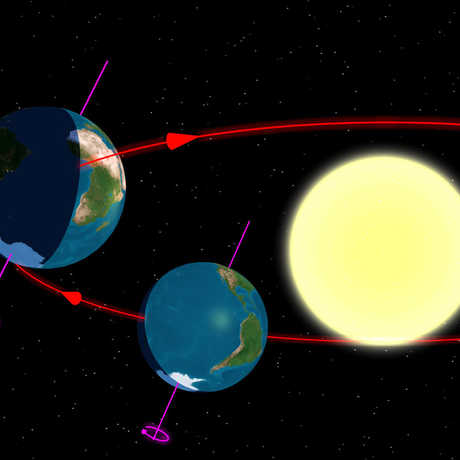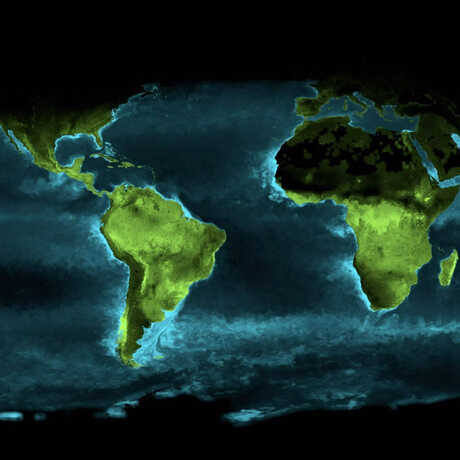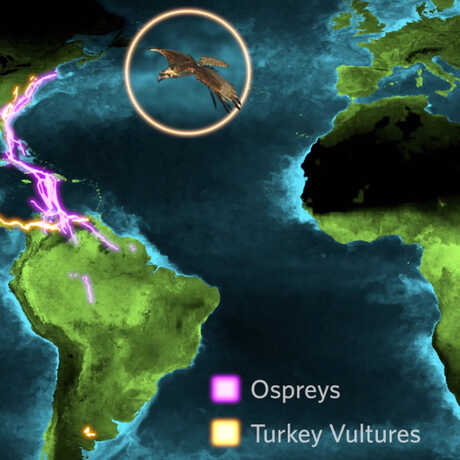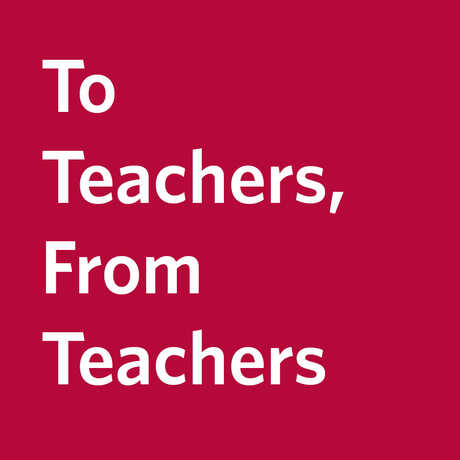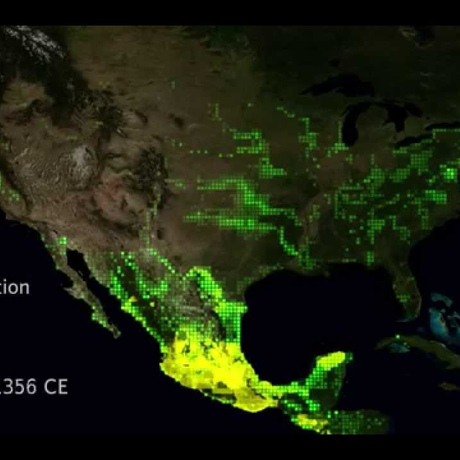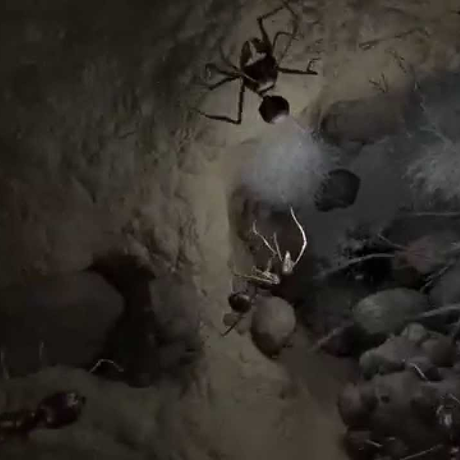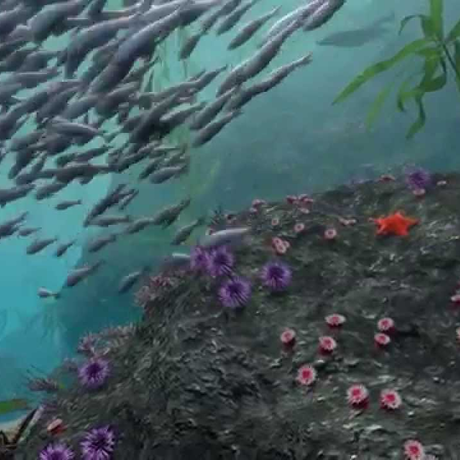Browse a rich array of educational resources from the award-winning show, Habitat Earth.
Educators will notice a natural progression of content spanning the earth and life sciences in this series of three clips using broad scientific data sets. Start off your unit with a hands-on, minds-on activity modeling the cause of the Earth’s seasons (Activity 1), using the video above as reinforcement. Then, explore the effect of the seasons on photosynthesis around the globe in a stunning time lapse. The last clip throws animals into the mix, layering onto this now-familiar map a data set of bird migration patterns.
